Iceland has experienced an unprecedented tourist boom since 2010. What are the reasons and consequences?
With an average temperature of 0°C in winter, 11°C in summer, and a certain geographic isolation, Iceland is not necessarily the first destination that comes to mind for a fierce holiday.
However, since 2010, the island state has been literally assaulted by passengers. This country with just over 300,000 inhabitants received 1,700,000 tourists in 2016, and the trend is up!
How can we explain this phenomenon?
As Iceland was heavily affected by the 2008 crisis, an economic recovery plan was put in place, which included tourism. If the Icelanders had been looking to attract more travellers to their lands, they certainly did not expect such a result. Tourist affluence has taken everyone short.
Beyond the beauty of the landscapes and natural phenomena of this wild island, Iceland is simply a reflection of a global phenomenon. Tourism is booming. According to figures World Travel and Tourism Council , it even represents 1 job out of 11 worldwide. Governments put on the tourist map to boost their economy and the increase in low-cost flights favours this phenomenon. It has never been so cheap to travel or to stay with the advent of formulas like that of Airbnb. According to RFI, tourism has even become more profitable than fishing in Iceland.
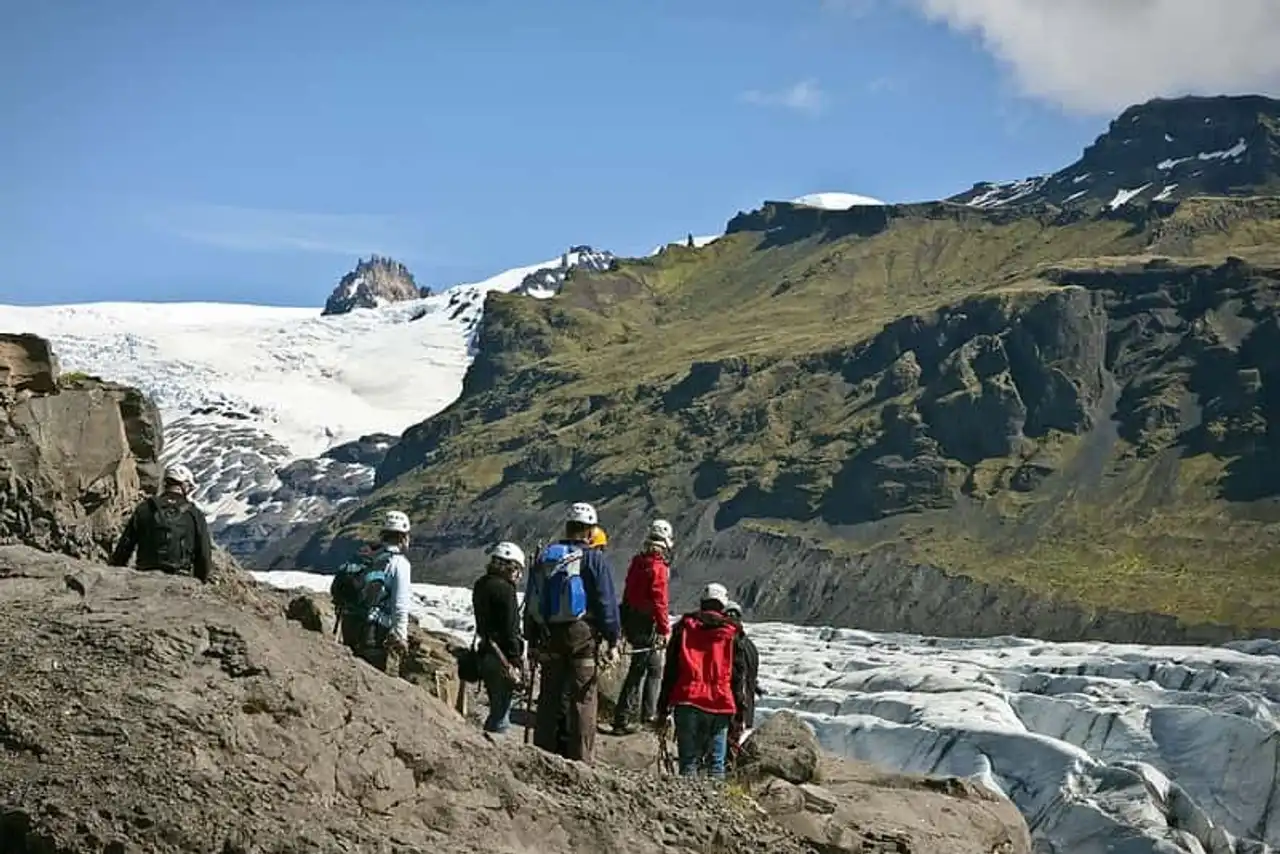
Photo credit: Flickr – Mouser Williams
Short-term changes
This land accustomed to its calm and isolation had to quickly adapt to this tourist influx. Many hotels have been built and are still building, especially in the heart of Reykjavik that some premises fear having to turn into a standardised European capital. Airbnb’s offers have also multiplied, leading to an increase in housing prices and threatening the ability of the inhabitants to continue living in the city centre. The government has already measures taken to regulate the offer of tourist apartments.
The Keflavík International Airport will know an extension of 7000 m2. Various activities are also developed to attract more visitors as well this ice tunnel , the longest in the world, dug inside a glacier that attracted 22,000 people in 2016, 50% more than the figures envisaged. We are also talking about expanding the Lagon Bleu , the most popular attraction of the island.
Long-term consequences
Voices are beginning to rise against this mass tourism, especially for fear of its adverse effects on the environment. This island accustomed to low attendance is not yet equipped to receive so many people on its natural sites. This is especially the case of the Upper Lands in the centre of the country, one of the few remaining European desert areas, which is now experiencing a significant affluence of travellers threatening the fragile flora of these plateaus.
Like many other European capitals, Reykjavík and more broadly Iceland is gradually a victim of its success. If the numbers of tourism remain, the country must take measures to preserve everything that makes the beauty and uniqueness of this part of the world.
Main photo credit: Flickr – Dan Nguyen
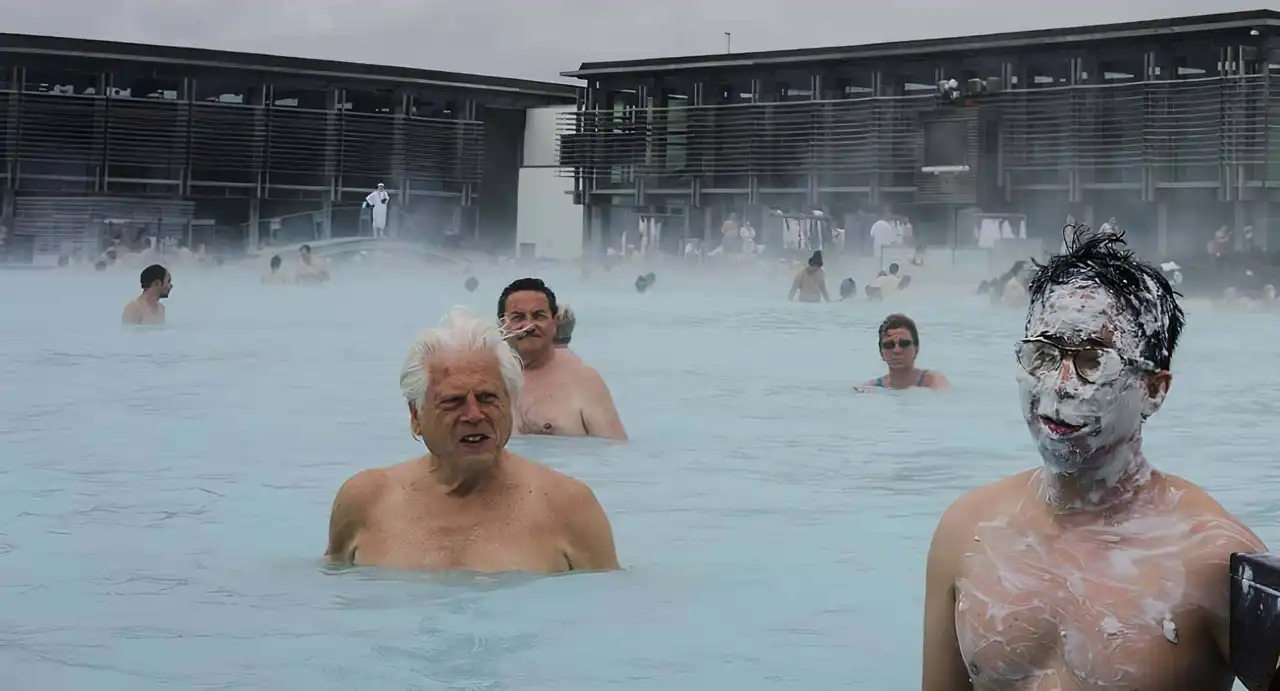




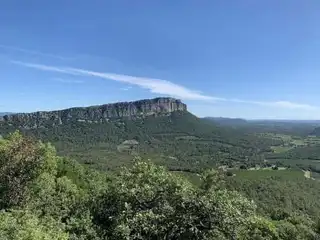
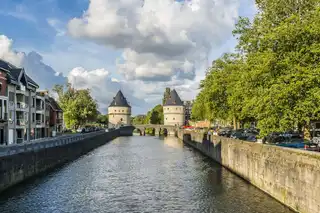
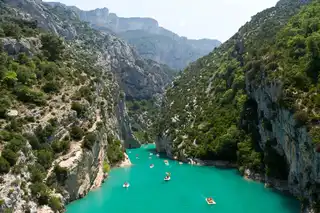
Loading comments ...